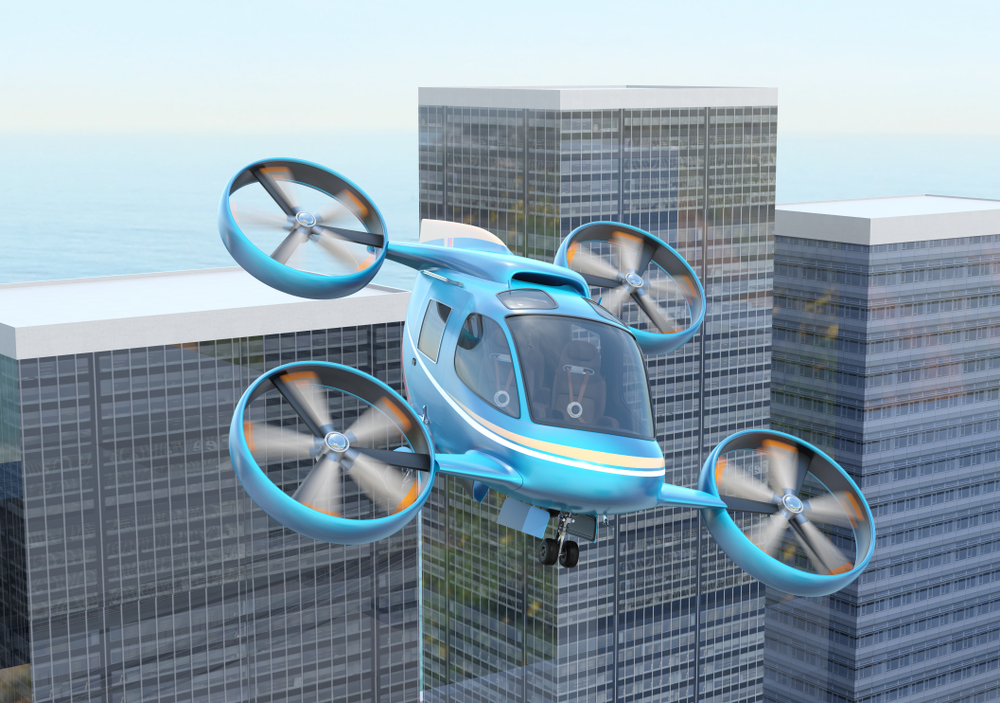
According to a letter of support to the bill Association for Uncrewed Vehicle Systems International (AUVSI), Commercial Drone Alliance (CDA) and Small UAV Coalition (SUAVC) written on July 10”
“The bill….would significantly move the needle for the UAS and AAM industries for years to come. UAS and AAM technologies have quickly moved forward. The regulatory landscape, especially when it comes to UAS, has lagged behind, significantly risking U.S. global leadership in advanced aviation. This is problematic and has led the U.S. to continue to cede leadership in this space to other nations.
“It is also imperative to hold the FAA accountable to meet critical deadlines they have laid out, including a beyond visual line of sight (“BVLOS”) rulemaking by early 2024 and a powered-lift special federal aviation regulation (“SFAR”) by December 2024 ….We also strongly support other critical provisions in the bill, which would streamline UAS regulatory approvals; provide a path to implement UAS Traffic Management (“UTM”) services; establish acceptable levels of risk for drone operations; expand the important work of test sites and the BEYOND program; facilitate access to critical airspace data; solve issues related to operations over the high seas; fix systematic problems with National Environmental Policy Act (“NEPA”) processes; and more.
“The legislation also takes significant steps to advance the AAM industry, including by defining powered-lift aircraft; requiring the integration of powered-lift aircraft into the NAS through future rulemakings inclusive of training requirements, requirements around the transfer of pilot certificates, and alignment with international recommendations/qualifications; supporting vertical flight by requiring updates to the Heliport Design Advisory Circular to include standards for use by eVTOL aircraft, and to include vertiports as a class of heliports; extending the AAM Infrastructure Pilot Program; establishing the Unmanned and Autonomous Flight Advisory Committee; and more.
“The legislation also includes a sensible provision to expand Airport Improvement Program (“AIP”) funding to help bring critical AAM infrastructure to airports, which will help allow electric aircraft to deploy. The legislation requires inclusion of the AAM industry on various committees and the Study on National Airspace Resources includes powered-lift operators to be consulted, a positive step.”
For more information
https://transportation.house.gov/news/documentsingle.aspx?DocumentID=406781
(Image:Shutterstock)

